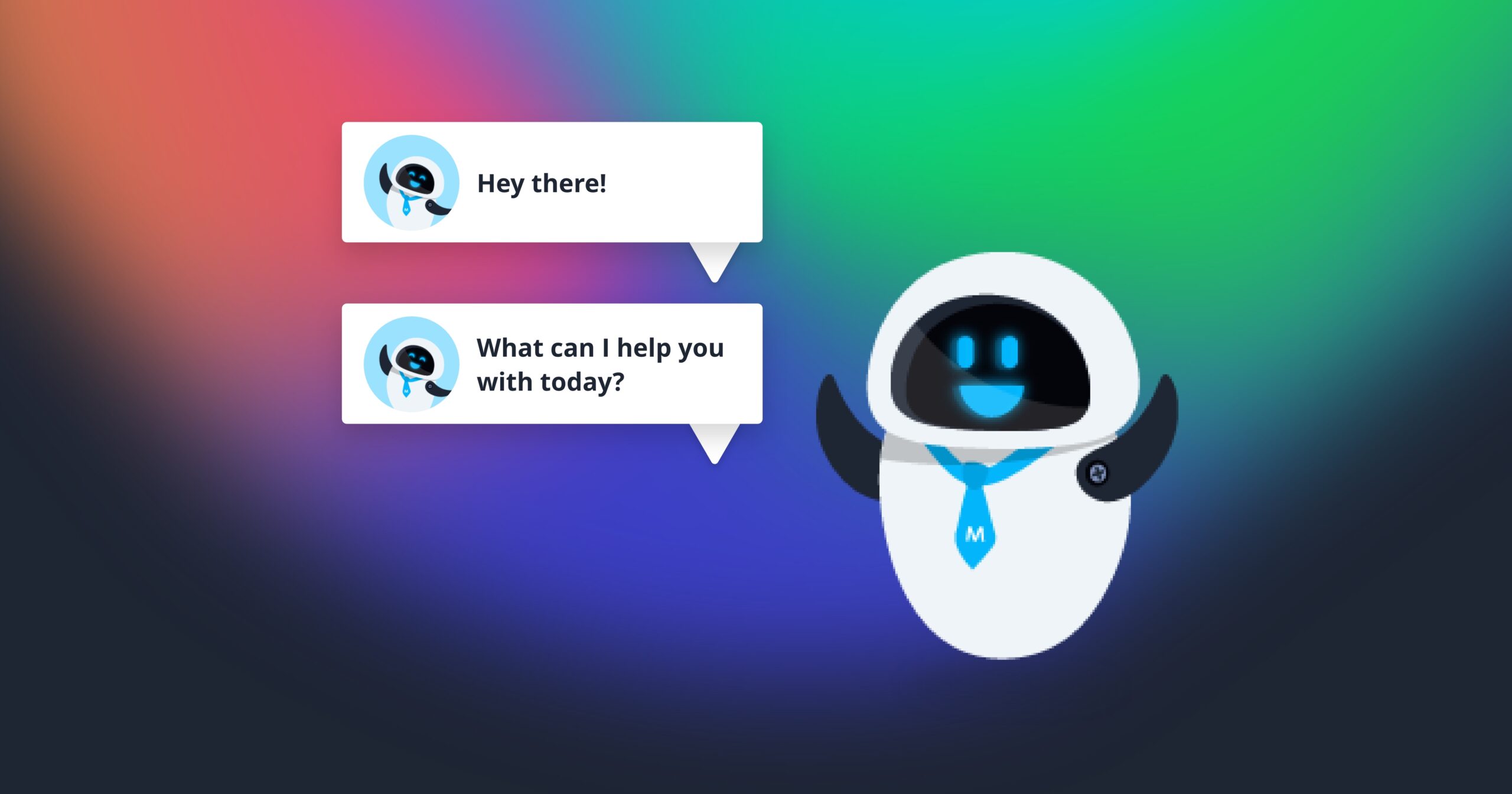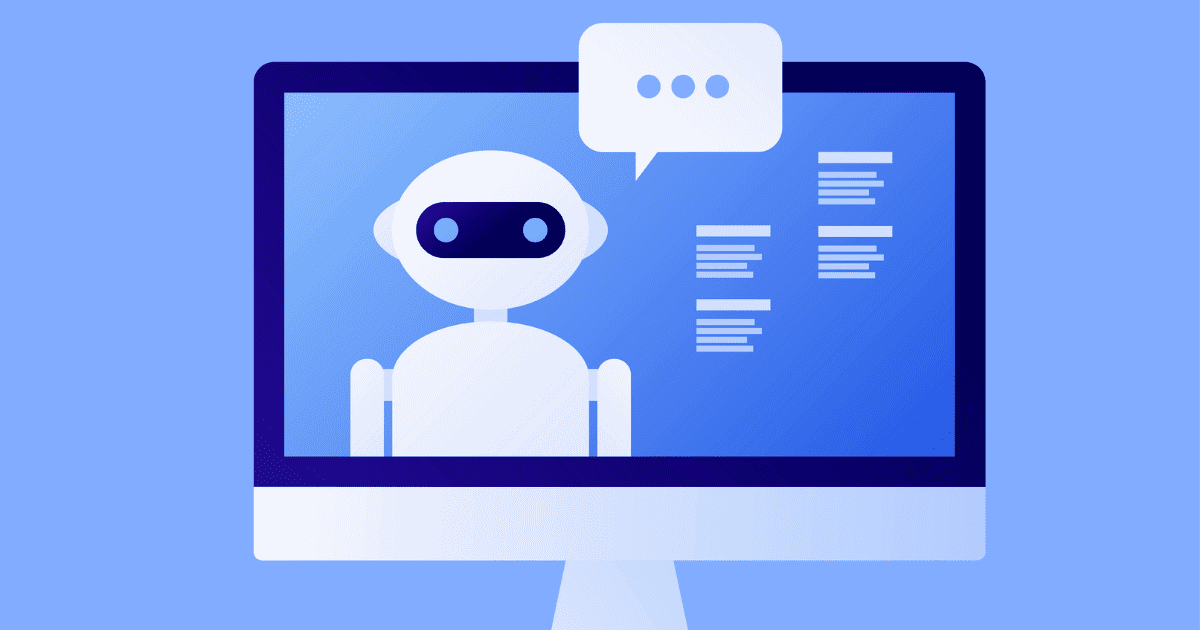Chatbots are quickly becoming a popular tool for businesses looking to communicate with customers and potential customers in a personalized way. Chatbots can provide customers with 24/7 service, answer questions quickly and accurately, and save time by automating mundane tasks. But gone are the days of basic chatbots that simply respond to commands; today’s bots have personalities that make them more human-like, so they can engage in real conversations and better serve your business. In this blog post, we will explore how to build a chatbot for your business that has some personality!
Why does chatbot personality matter?

Your chatbot's personality is important for several reasons. First, it helps create a rapport with your users. People are more likely to use a chatbot that they feel they can relate to. Additionally, a chatbot with personality can help humanize your brand and make it more relatable to your users. Finally, a chatbot's personality can play a significant role in its success; users are more likely to engage with and return to a chatbot that they enjoy interacting with.
How to create an awesome chatbot personality
When creating a chatbot for your business, it is important to give your chatbot personality. This will make your chatbot more engaging and entertaining for users, which can help to promote your business. Here are some tips on how to create an awesome chatbot personality:
-Make your chatbot unique: Give your chatbot a distinct personality that sets it apart from other chatbots. This could involve developing a unique voice and style of communication for your chatbot.
-Be creative: Be creative in how you design and program your chatbot. This will make it more engaging and fun for users.
-Think about what users want: When creating your chatbot’s personality, think about what users would want from a chatbot. This could include being helpful, friendly, and entertaining.
-Make it relatable: Users should be able to relate to your chatbot on some level. This could involve making your chatbot relatable to users by giving it humanlike qualities or characteristics.
Read More : How artificial intelligence can improve your marketing strategy?
Techniques to add personality to a chatbot

Chatbots are becoming an increasingly popular tool for both businesses and consumers. As technology continues to evolve, so do these interactive robot-like characters. But what if you could make them more personable? In this blog post, we'll explore how to add personality to a chatbot; from choosing the right language to using personalized messages, there are ways to make sure your chatbot stands out from the rest. We'll also examine why it's important to give your chatbot a unique voice, even in the world of digital interactions. Read on to learn more about making your chatbot delightful, readable and effective in connecting with customers!
When you're designing a chatbot, it's important to think about the personality you want your chatbot to have. This will help you design conversations that are natural and engaging.
Your chatbot's personality should be aligned with your brand's voice and tone. If your brand is friendly and approachable, your chatbot should be too. On the other hand, if your brand is more formal, your chatbot should reflect that.
Think about how you want your chatbot to sound when it talks to users. Do you want it to be casual or formal? Witty or serious? The voice you choose for your chatbot will influence the kind of conversations it has with users.
It's also important to consider the context in which users will be talking to your chatbot. Will they be talking to it on your website, in a messenger app, or on a voice assistant? Each platform has its own conventions and expectations around language and tone. Make sure your chatbot's personality is appropriate for the platform it's on.
2. Tap into your target audience
When creating a chatbot, it's important to consider the personality of your target audience. This will help you create a bot that is relatable and engaging. Here are some tips to add personality to your chatbot:
1. Use colloquial language.
Your chatbot should speak in the same language as your target audience. This will make it more relatable and easy to communicate with.
2. Use emojis and GIFs.
Emojis and GIFs are a great way to add personality to your chatbot. They can help express emotions and make the conversation more fun and engaging.
3. Be responsive.
Your chatbot should be responsive to the user's inputs. This will give the impression that it is listening and engaging in the conversation.
4. Be flexible.
Your chatbot should be able to handle different types of conversations. It should be able to respond appropriately no matter what the user says or asks.
3. Give a name to your chatbot
Your chatbot's name is its most basic form of personality. It's the first thing people will see when they interact with your bot, so it's important to choose a name that reflects the personality you want your bot to have.
There are a few things to keep in mind when choosing a name for your chatbot. First, consider what kind of personality you want your bot to have. Is it friendly and helpful? Witty and sarcastic? Professional and straightforward? Once you have a general idea of the kind of personality you want your bot to have, you can start brainstorming names that reflect that persona.
Another thing to keep in mind is how people will be interacting with your chatbot. Will they be chatting with it through a messaging app like Facebook Messenger or Slack? Or will they be talking to it on the phone? The name you choose should be easy to pronounce and spell so that people can easily talk to your chatbot without having to stop and think about how to say its name.
Finally, don't forget to register your chatbot's name as a trademark once you've decided on one. This will help protect your brand and ensure that no one else can use the same name for their own chatbot.
4. Empathy and emotions
In order for your chatbot to be successful, it must be able to empathize with users and understand their emotions. This can be accomplished by incorporating emotional intelligence into your chatbot's design.
One way to do this is to give your chatbot the ability to recognize human emotions. This can be done through the use of facial recognition software or by analyzing the user's tone of voice. Once the chatbot has recognized the user's emotion, it can respond accordingly.
Another way to add empathy to your chatbot is to design it in such a way that it can have conversations with users. This means that the chatbot should be able to hold a conversation about any topic, not just small talk. In order for the conversation to flow smoothly, the chatbot must be designed with natural language processing capabilities.
If you want your chatbot to truly empathize with users, you should consider giving it a personality. This will allow the chatbot to connect with users on a personal level and build relationships. There are many ways to give your chatbot personality, but one simple way is to design it with a certain style of writing. For example, you could make your bot sound friendly and casual or formal and professional. It all depends on what kind of personality you want your chatbot to have.
5. Handling unexpected questions
If you're ever caught off-guard by a question from a chatbot, don't worry! There are a few simple techniques you can use to add personality to your response and keep the conversation going.
One technique is to use humor. If the chatbot detects that the user is jokester, it can respond in kind. This will help to lighten the mood and keep the conversation from getting too heavy.
Another technique is to ask follow-up questions. This shows that you're interested in what the user has to say and want to know more about their thoughts on the matter.
Finally, you can always fall back on small talk. If all else fails, engaging in some idle chatter will at least keep the conversation going until you can think of a better response.
Personality Vs. Performance
The question of whether personality or performance is more important has been debated for centuries. In the business world, the answer is clear: both are essential. Your chatbot needs to have a great personality in order to engage with customers and build relationships, but it also needs to be able to perform its tasks efficiently and effectively.
Here are some tips for ensuring that your chatbot has both a great personality and the ability to perform its duties:
1. Make sure your chatbot's personality is in line with your brand.
Your chatbot should reflect your brand's values and mission. If your brand is fun and friendly, your chatbot should be too. If you want customers to view your company as professional and reliable, make sure your chatbot comes across that way as well.
2. Give your chatbot a name and face.
Giving your chatbot a name and face will help customers feel like they're interacting with a real person, not just a faceless machine. Choose a name and image that are in line with your brand and that customers will find easy to remember.
3. program your chatbot carefully.
Make sure you take the time to program your chatbot carefully. This includes providing clear instructions on what tasks it should perform, as well as training it on how to respond to customer inquiries in a way that is consistent with your brand's voice.
Creating a chatbot with personality may seem like a daunting product design task at first, but although it is a complex task, it is well worth your time and effort. A chatbot that resonates with your target audience is an important step in UX design, and we're here to help. If you want to learn more about creating powerful and eye-catching chatbots, please contact us.







